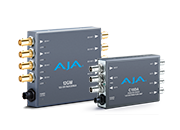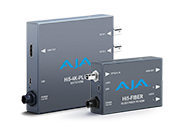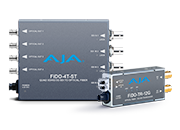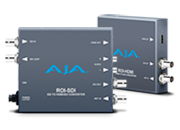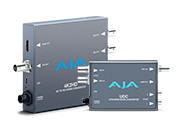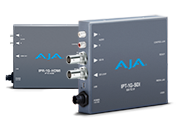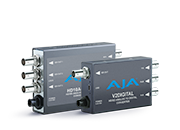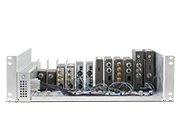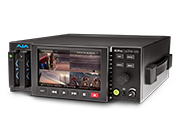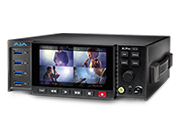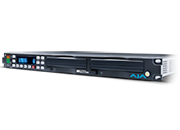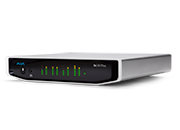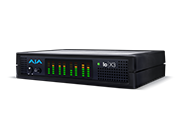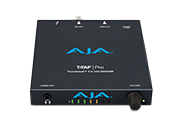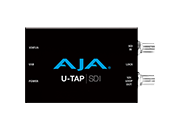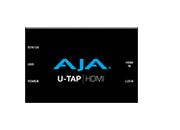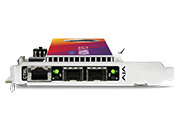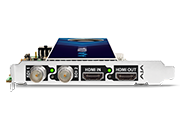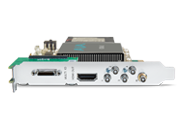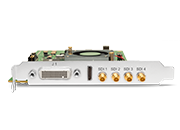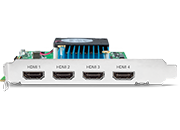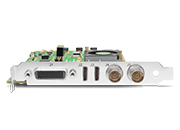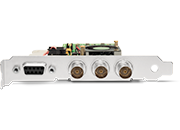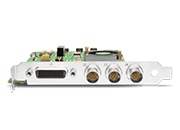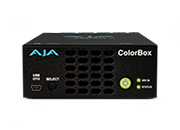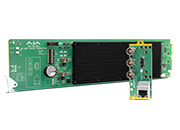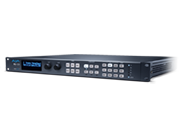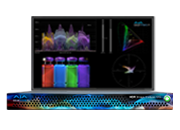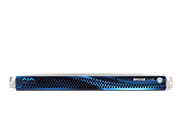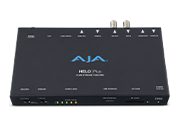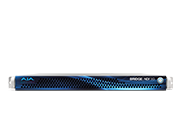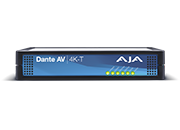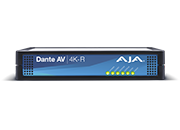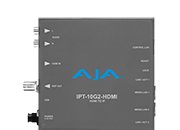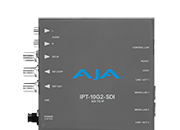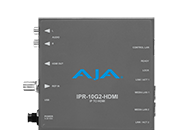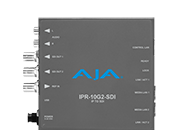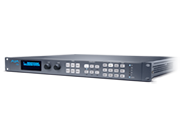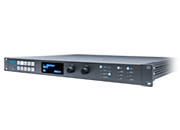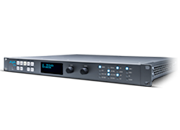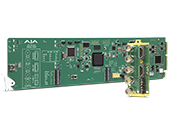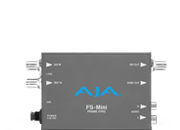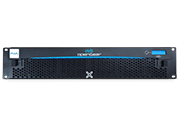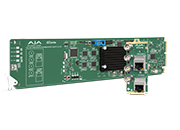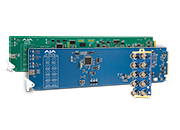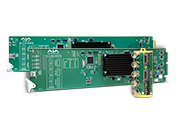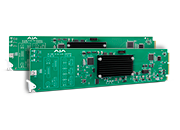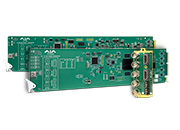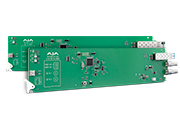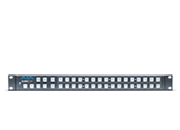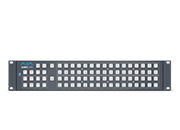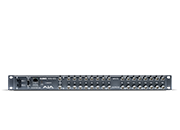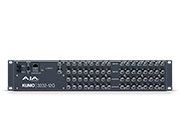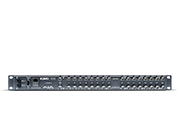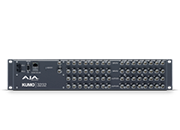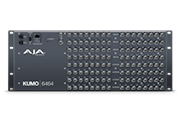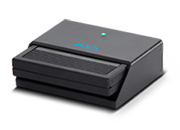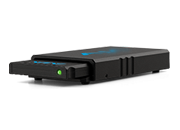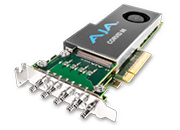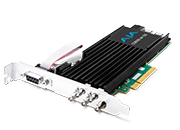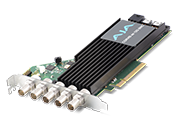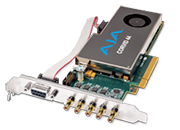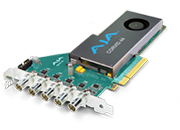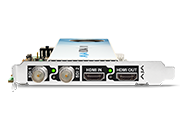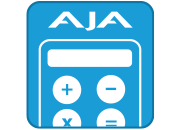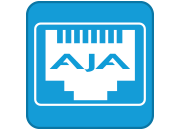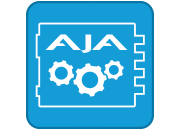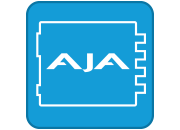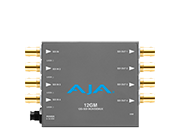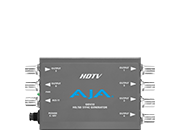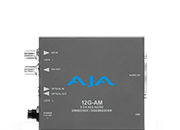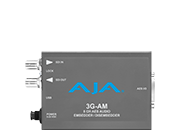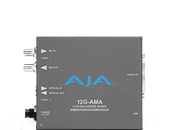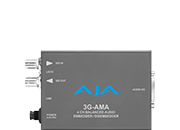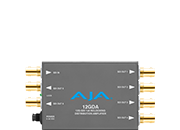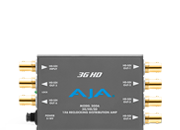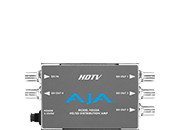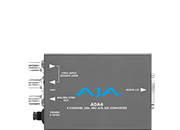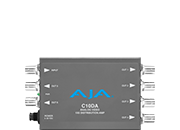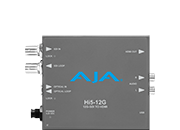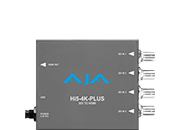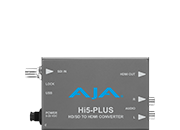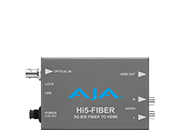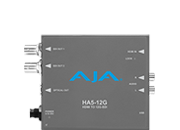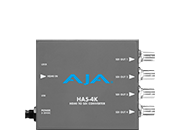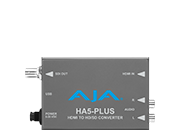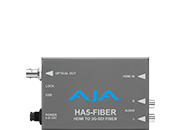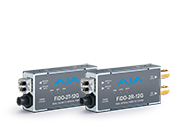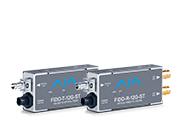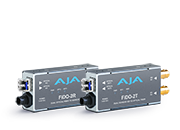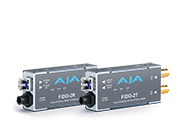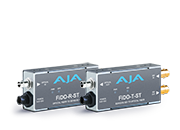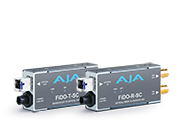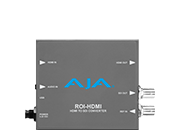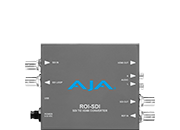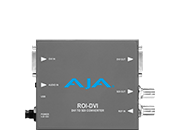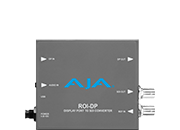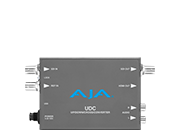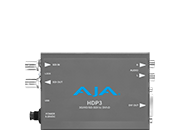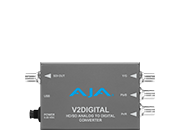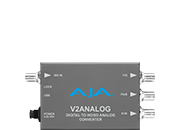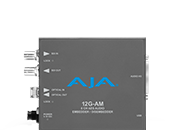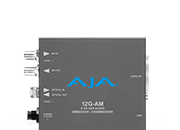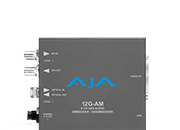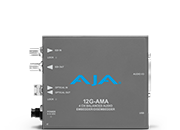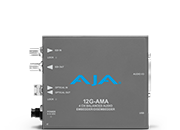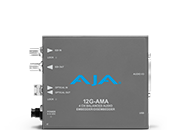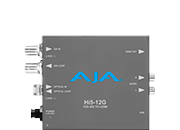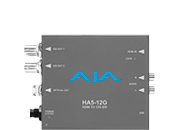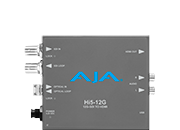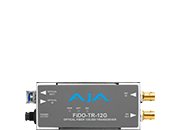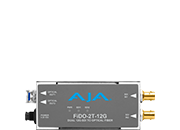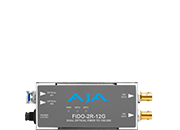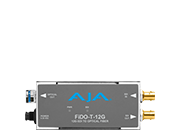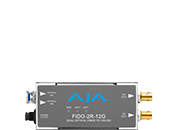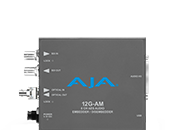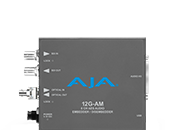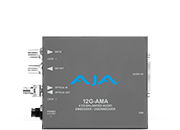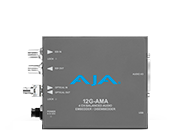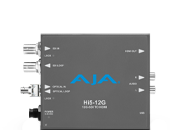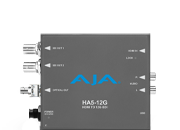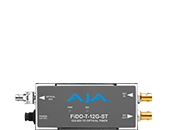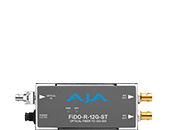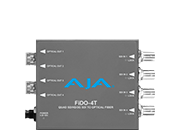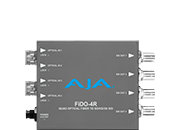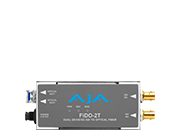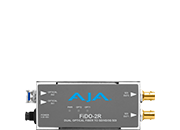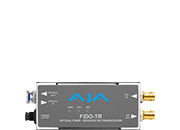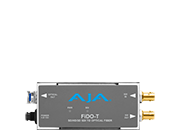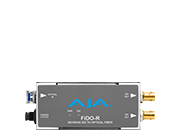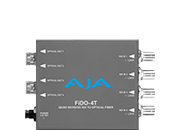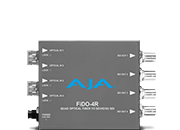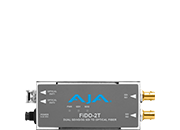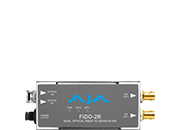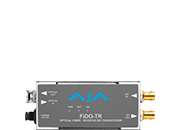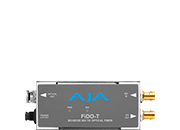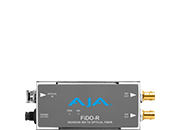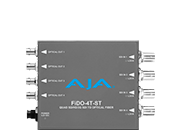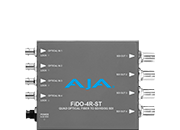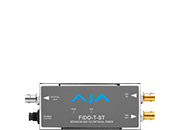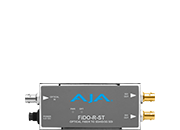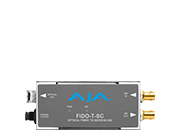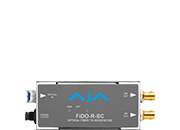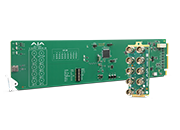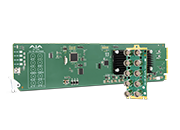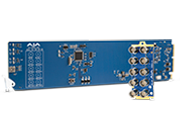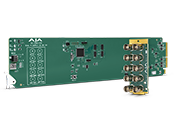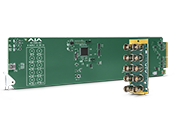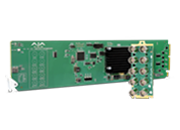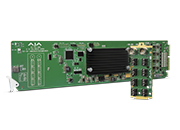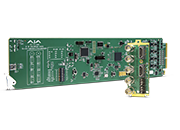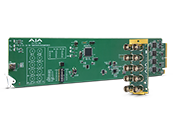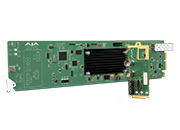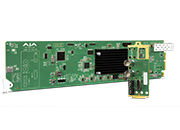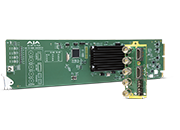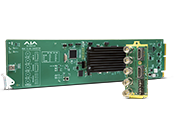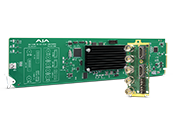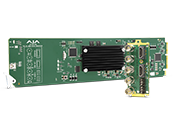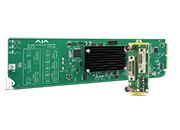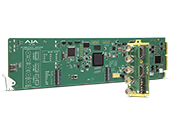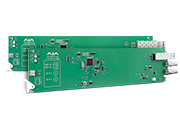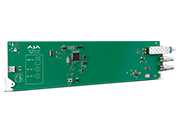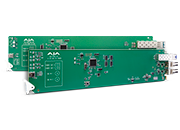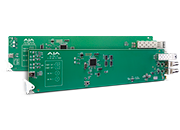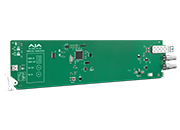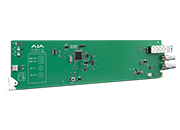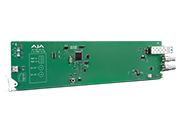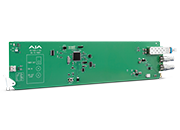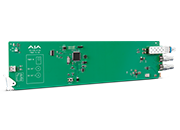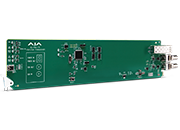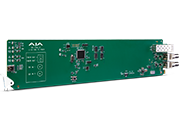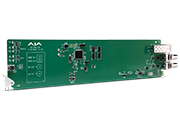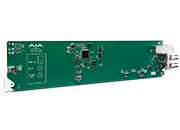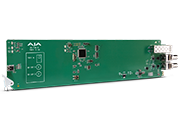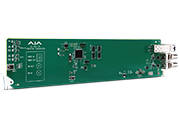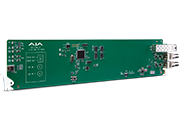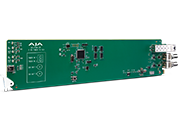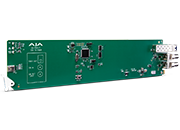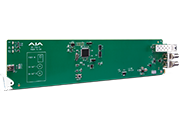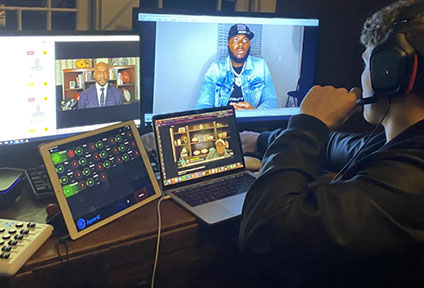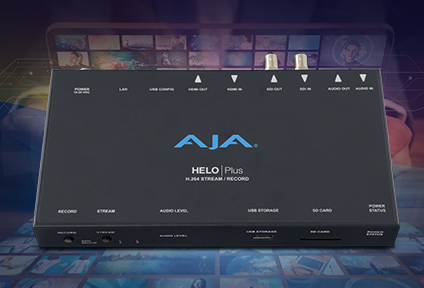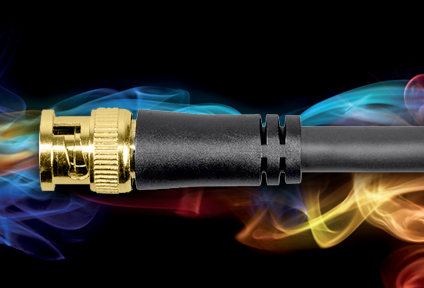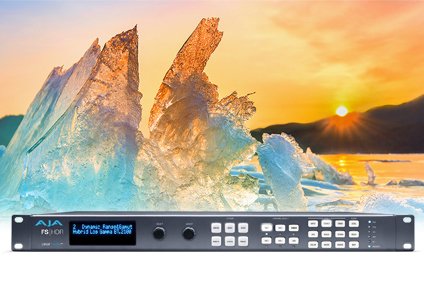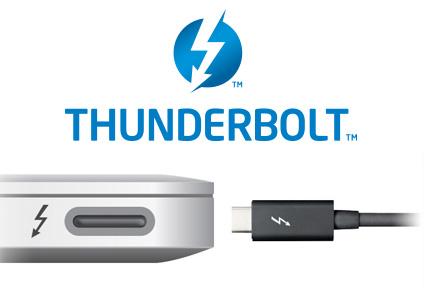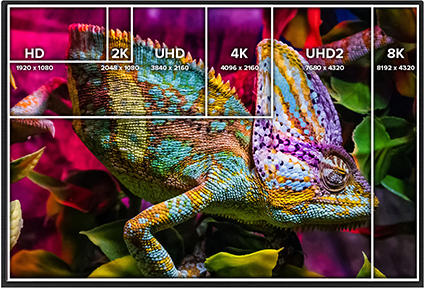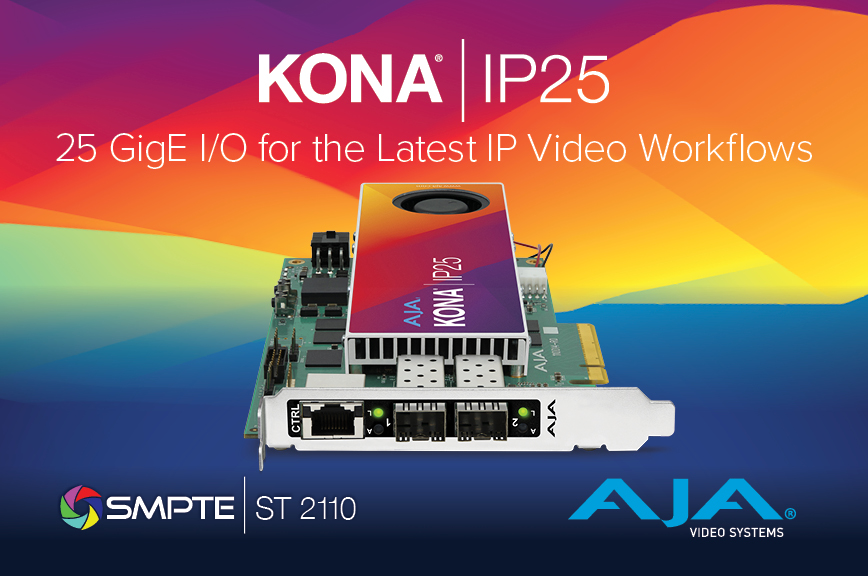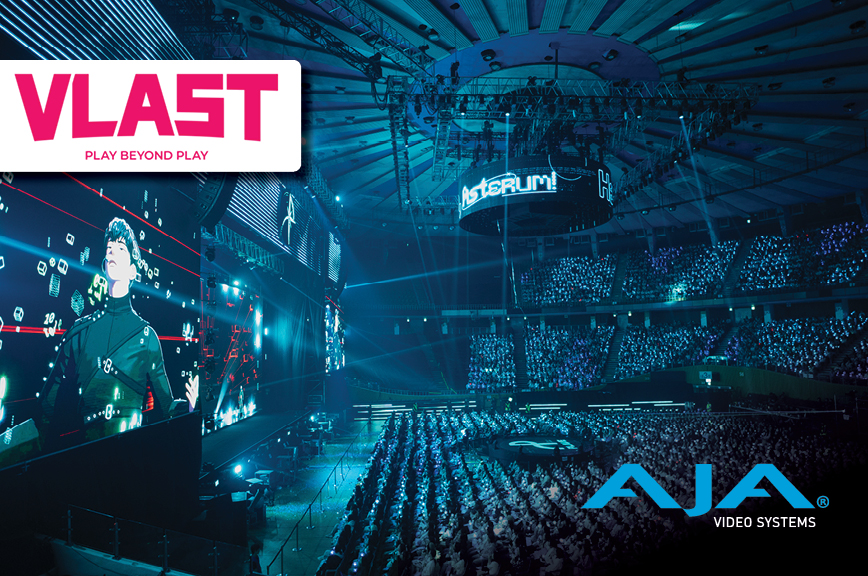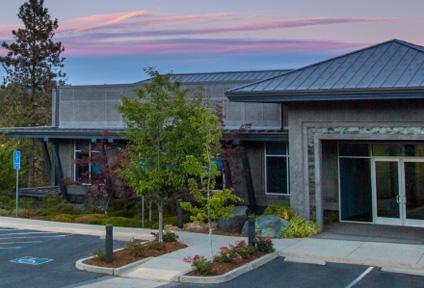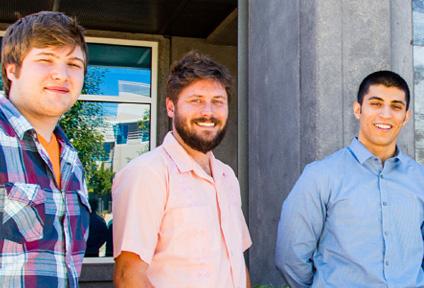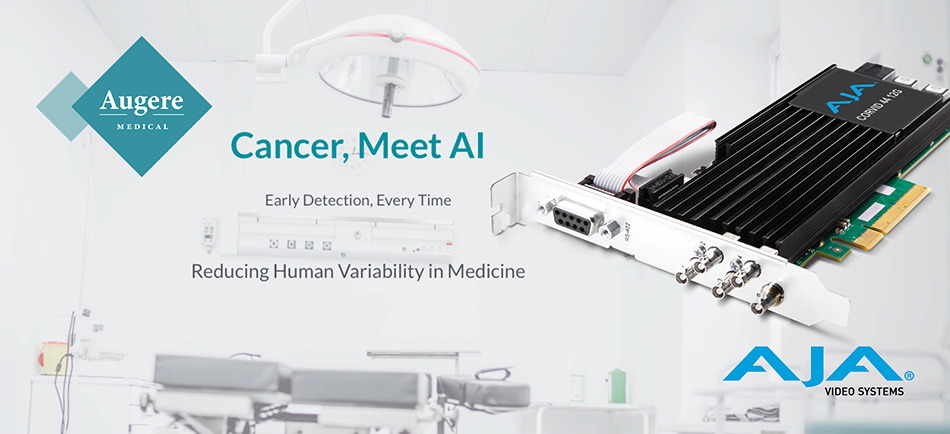Augere Medical on the Transformative Power of AI Video Analysis in Medical Diagnostics
April 27, 2022
Across disciplines, Artificial Intelligence (AI) is unlocking the unimaginable. It brought new dimension to Beethoven’s unfinished 10th Symphony, debated humans on complex subjects, and has even read minds, yet some of its most innovative applications have yet to be seen. AI shows great promise in healthcare, and when paired with live, high-quality video, can help practitioners identify health risks earlier and with more accuracy than the human eye. Recognizing this infinite potential, Oslo-based medical technology startup Augere Medical set out to build an AI-driven solution that analyzes live video footage from colonoscopies to alert doctors to polyps that could evolve into colon cancer. We sat down with Augere Medical CEO Andreas Petlund to talk more about the life-saving technology, which features an AJA Corvid 44 12G card at its core. Continue reading for interview highlights.
Tell us more about yourself.
I’ve always had a passion for technology, which drove me to pursue a PhD in Computer Science from one of Norway’s highest ranking research institutions. Like our CTO, who has a background in the film industry, I have also specialized in multimedia data processing, and post-graduation, much of my work has been focused on how I could apply the latest developments in the space to an industry like healthcare. For several years, I led a research group in which an important part of the work focused on an AI solution to spot colorectal cancer, one of the most prevalent cancers today. In 2018, our findings inspired the start of Augere Medical, and we’re now going through the regulatory processes to make our product available in Europe and North America.
What drove Augere’s focus on colorectal cancer detection?
Every year, the medical community diagnoses 2 million cases of colorectal cancer and the disease takes a million lives. In addition, it’s one of the most expensive and demanding cancers to treat and is often diagnosed at a late stage. Detecting colon cancer risks early on can make the difference between life and death, which is why colonoscopies are a vital preventative measure.
The procedure is largely used to identify polyps or adenomas (precursors to cancer), which are spotted in the colon. Caught early, these precancerous abnormalities can easily be removed on the spot to prevent cancer from taking hold. However, modern colonoscopy technology and the technique required to move the camera, can make it challenging for doctors to spot every potentially problematic growth. Flat and sessile polyps, for instance, are especially hard to detect during routine colonoscopies. Color and blood vessel patterns can help cue physicians into the different polyp types, but even then, a huge number of flat and sessile polyps go undetected in colonoscopy procedures each year. It’s a massive challenge facing the medical community, and one that we knew an AI-driven video analysis tool could help solve. Our goal with this solution is to help doctors identify polyps with better accuracy to ensure more positive outcomes for patients.
How does the solution work?
Typically, colonoscopy procedures move very fast, with certain views available for only seconds, so we’ve used machine learning to train our solution to detect as many hard-to-detect polyps as possible during routine colonoscopy procedures. Our solution comprises a physical box that connects to the facility’s colonoscopy equipment and monitor, as well as our proprietary video analysis software. Video is passed from the colonoscopy camera through the box and into our software, which analyzes each frame in real-time. When the software flags a potential polyp, an alarm is activated on the box and a graphic laid over the area. The feed is recorded so that the doctor can also review footage post procedure and revisit any areas of concern.
What technology powers the solution?
Facility AV needs vary depending upon their colonoscopy equipment, so we designed the solution to support both 4K and 1080p video. AI software powers the solution’s core functionality, but is supported by industry standard video hardware, including a standard PC with a few additional components, an NVIDIA Quadro RTX 4000 GPU card to support 50 video frames per second, and an AJA Corvid 44 12G I/O card for audio and video playback.
Corvid was a natural choice for the solution. It is intuitive, can reliably pass through 4K and HD video without a signal break, and the SDK is solid. Unlike other solutions on the market, Corvid’s SDK runs independently of our software running the video analysis. This ultimately ensures an added layer of security from an unexpected software failure that could freeze the entire solution and interrupt the procedure. Overall, it prevents the need to reboot the box during a colonoscopy and protects the patient from delayed examinations. Corvid’s video pass-through functionality also allows us to overlay the colonoscopy video signal with the lowest possible amount of latency. Even a 100-millisecond latency can impact the procedure negatively, so this is huge. Having the video pass through and the overlaid annotations and the decision support feedback on top of it ensures optimal performance and reduces latency for the doctors during the procedure.
What makes your technology unique?
Our video resolution processing ability is a key differentiator, and we’re able to achieve such a high level of image fidelity due to years of research on efficient processing. We’ve also taught the system to analyze the video with a temporal approach, which allows the system to look at a polyp from several different angles, and identify abnormalities over several frames, much the same way a doctor would.
How do you see AI and video influencing the medical community in the future?
AI-driven video capture and analysis is one of the most groundbreaking developments in modern medicine. It is allowing medical professionals and institutions to use and analyze multimedia data unlike ever before. We can now teach a machine to look for details that the human eye can’t always catch, which will be a huge asset in colorectal cancer prevention. Outside of our work, AI is being used in radiology, genetics, and other medical fields. Of course, with this research comes privacy issues and other challenges that will require problem solving, but the strides being made have the potential to fundamentally change the way we approach medicine.
What does the future hold for Augere?
Right now, we’re focused on shepherding this solution through regulatory approvals and getting it into the hands of doctors, but we look forward to applying our findings to other areas of medicine that stand to benefit, such as for other endoscopic procedures, like cystoscopies and laparoscopies. We’re also building a cloud platform on top of our solution that would allow doctors to extract even more information out of the video footage and provide patient-adapted treatment that takes examination history into account.
To learn more about Augere, visit: https://augere.md
About Corvid 44 12G
A blazingly fast, compact 8-lane PCIe 3.0 I/O card, AJA Corvid 44 12G features four bidirectional 12G-SDI HD-BNC connections, designed for today’s most demanding video and audio workflows. Available in several configurations, including full-height or low-profile, with passive or active cooling, the card is ideal for working with HFR 8K/4K/UltraHD, 2K/HD, SD, Deep Color and/or HDR. It supports 10-bit 4:2:2 and 4:4:4, at up to 12-bit color spaces and offers ingest and output over 12G-SDI, which is also backwards compatible with 6G-SDI, 3G-SDI, and 1.5G-SDI. The bidirectional 12G-SDI ports provide immense flexibility for capture and simultaneous pass-through for a range of solutions. For more details, visit: www.aja.com/products/corvid-44-12g
About AJA Video Systems, Inc.
Since 1993, AJA Video has been a leading manufacturer of video interface technologies, converters, digital video recording solutions and professional cameras, bringing high-quality, cost-effective products to the professional broadcast, video and post production markets. AJA products are designed and manufactured at our facilities in Grass Valley, California, and sold through an extensive sales channel of resellers and systems integrators around the world. For further information, please see our website at www.aja.com.
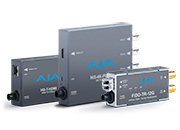 Mini-Converters
Mini-Converters
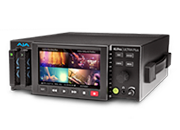 Digital Recorders
Digital Recorders
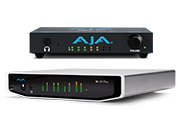 Mobile I/O
Mobile I/O
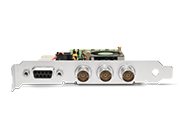 Desktop I/O
Desktop I/O
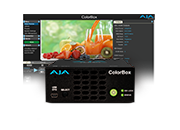 Color
Color
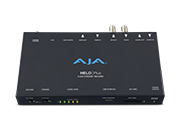 Streaming
Streaming
 AJA Diskover ME
AJA Diskover ME
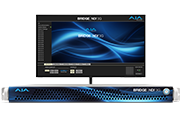 IP Video
IP Video
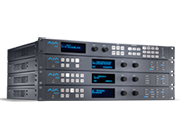 Frame Sync
Frame Sync
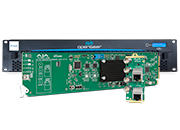 openGear
openGear
 Routers
Routers
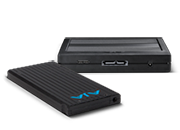 Recording Media
Recording Media
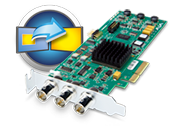 Developer
Developer
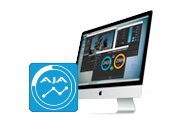 Software
Software
